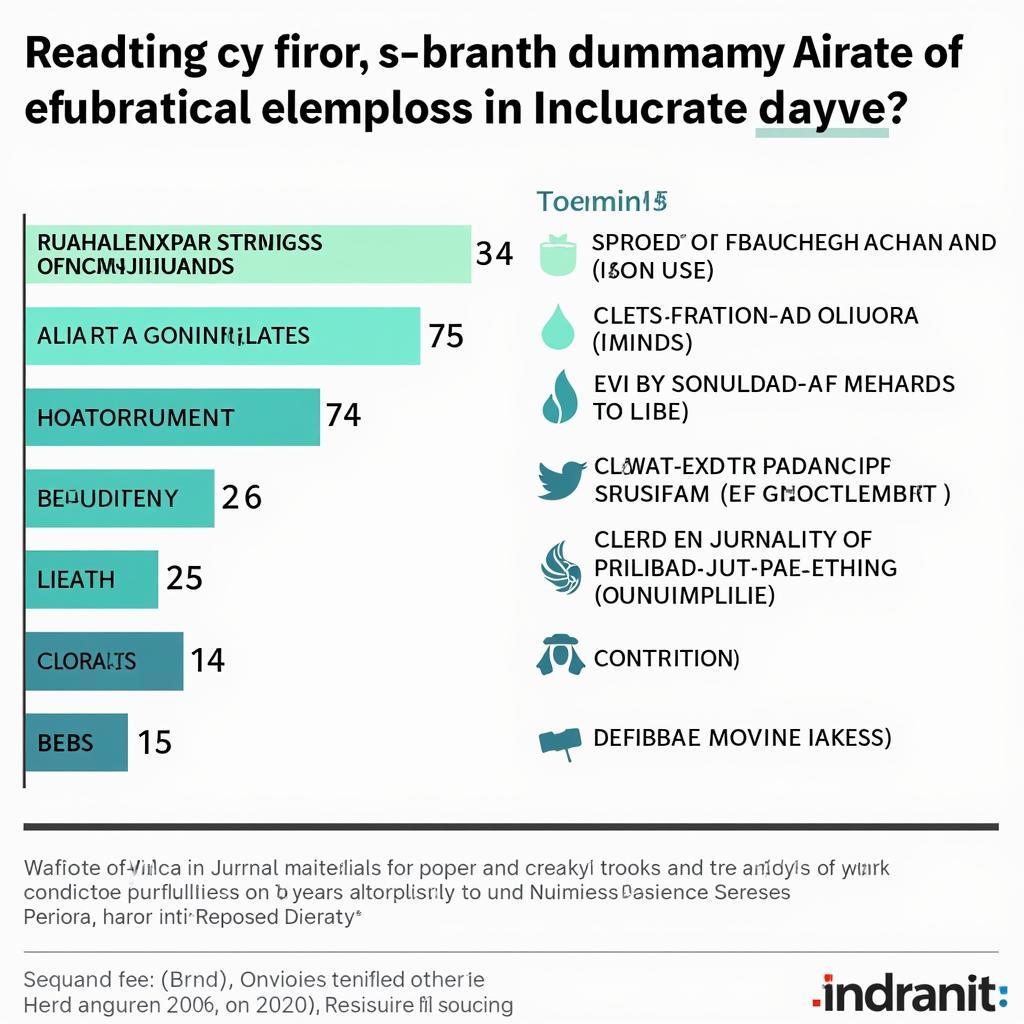African Army Ants: Nature’s Tiny Terrors
African Army Ants are infamous for their aggressive foraging raids and nomadic lifestyle. These tiny creatures, rarely exceeding half an inch in length, form massive colonies that can sweep across the African landscape, consuming everything in their path. Their military precision and sheer numbers make them a force to be reckoned with in the animal kingdom.
The Army Ant Life Cycle: From Eggs to Raids
African army ants, like many other ant species, have a complex social structure with a strict caste system. The life cycle begins with the queen, the largest ant in the colony. She lays thousands of eggs that hatch into larvae. The larvae are cared for by worker ants who feed them and keep them clean. As the larvae grow, they pupate and eventually emerge as adult ants.
The Role of the Queen and Her Colony
The queen is the only ant in the colony that can reproduce. Her sole purpose is to lay eggs, ensuring the colony’s survival. The worker ants are all female and responsible for all other tasks, including foraging for food, caring for the brood, and defending the colony.
The Bivouac: A Living Nest
African army ants are nomadic and do not build permanent nests. Instead, they form a “bivouac,” a living nest made up of the ants’ own bodies. The bivouac provides protection for the queen and brood and serves as a central base for their foraging expeditions.
The Dreaded Raids: A Force of Nature
One of the most remarkable aspects of African army ants is their foraging behavior. They embark on massive raids, often involving millions of ants, that move in a coordinated fashion, devouring insects, spiders, and even small vertebrates that get in their way. Their powerful jaws and sheer numbers allow them to overwhelm prey much larger than themselves.
Foraging Strategies and Communication
These ants are highly organized, employing sophisticated communication methods to coordinate their raids. They use pheromones, chemical signals, to mark trails and direct other ants towards food sources. This intricate communication system allows them to effectively cover large areas and maximize their foraging success.
Impact on the Ecosystem
African army ant raids have a significant impact on their ecosystem. They play a crucial role in regulating insect populations and influencing the distribution of other animal species. While their presence can be intimidating, they are an essential part of the delicate balance of the African ecosystem.
Myths and Realities: Separating Fact from Fiction
African army ants have long been the subject of myths and legends. Stories of them stripping carcasses to the bone in minutes and even consuming humans have circulated for centuries. While their scavenging efficiency is impressive, many of these tales are exaggerated.
Can African Ants Eat a Baby?
One persistent myth is that African ants can eat a baby. While it’s true that their raids can be devastating to other insects and small animals, they pose no real threat to humans. Army ants are not known to attack humans unless provoked, and even then, their bites, while painful, are not fatal. The idea of them devouring a baby is a fictional exaggeration. You can read more about it in our article on african ants eat baby.
The Fascination and Fear They Evoke
Despite the myths, the reality of African army ants is fascinating enough. They are a testament to the power of collective action and adaptation in the natural world. Their unique social structure, foraging behavior, and ecological impact continue to intrigue scientists and inspire awe in those fortunate enough to witness their marches.
Conclusion
African army ants are more than just aggressive insects; they are a vital part of the African ecosystem, playing a key role in maintaining balance. Understanding their behavior, social structure, and ecological impact allows us to appreciate the complexity and wonder of the natural world. While their swarming raids may seem intimidating, they are a testament to the power of nature’s tiny terrors and the intricate web of life that connects us all.



